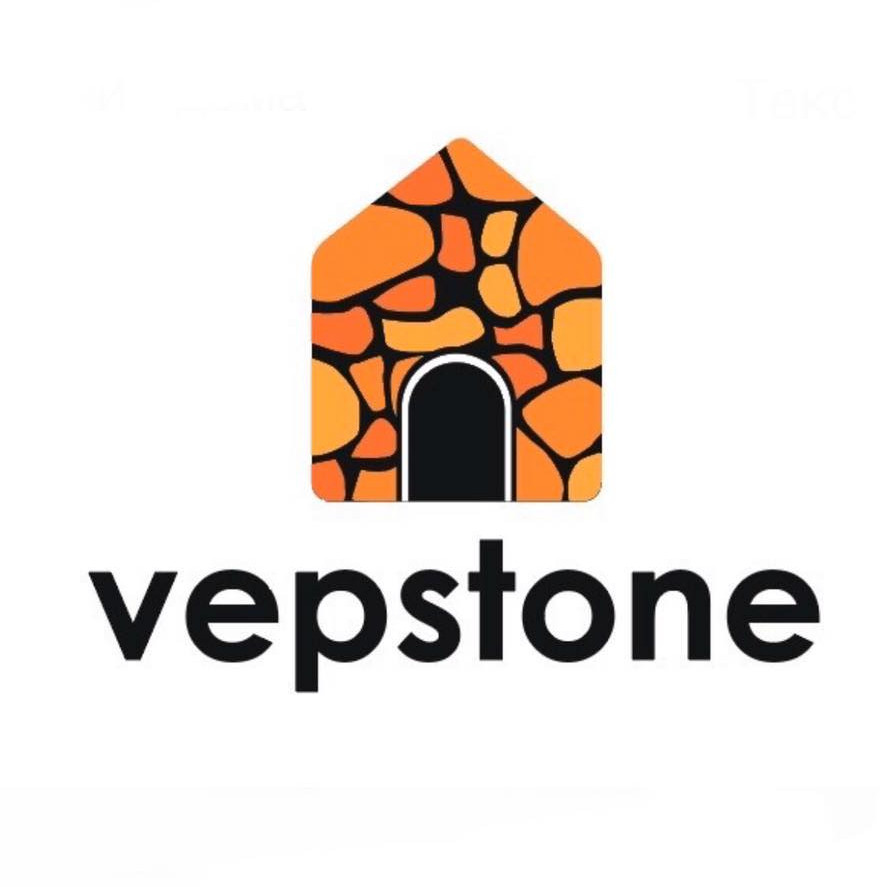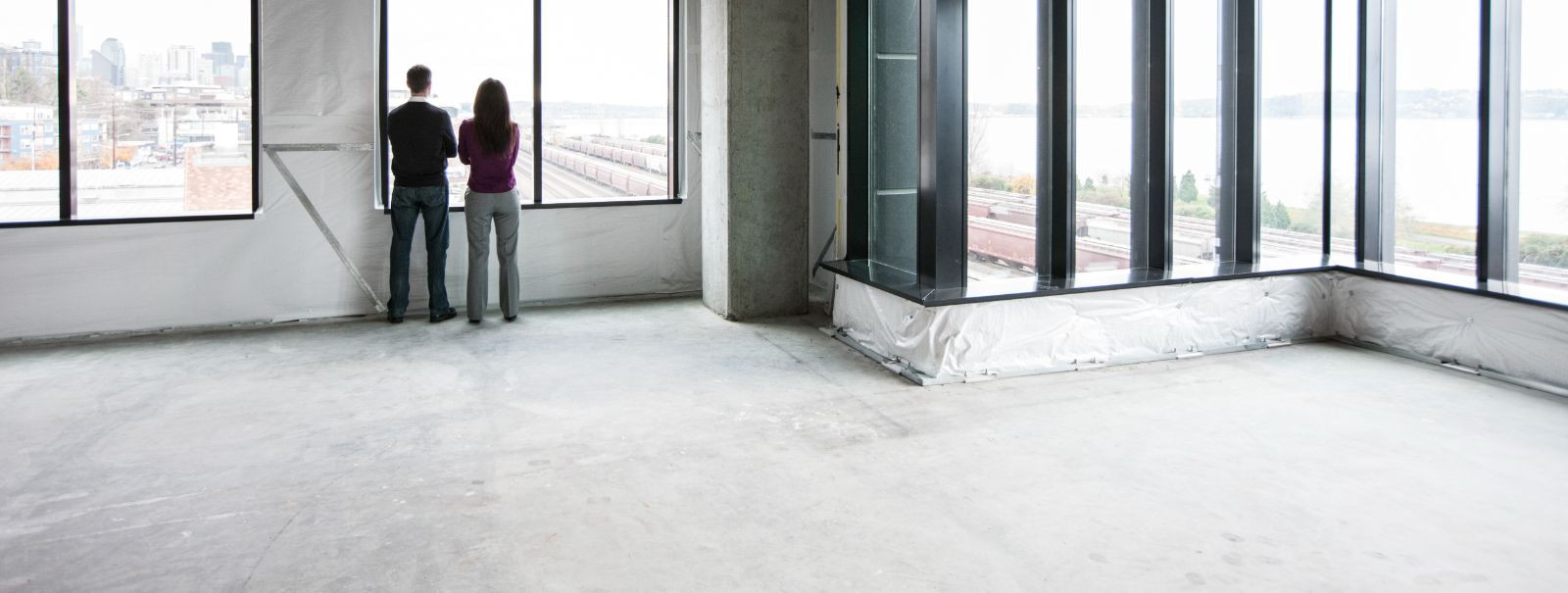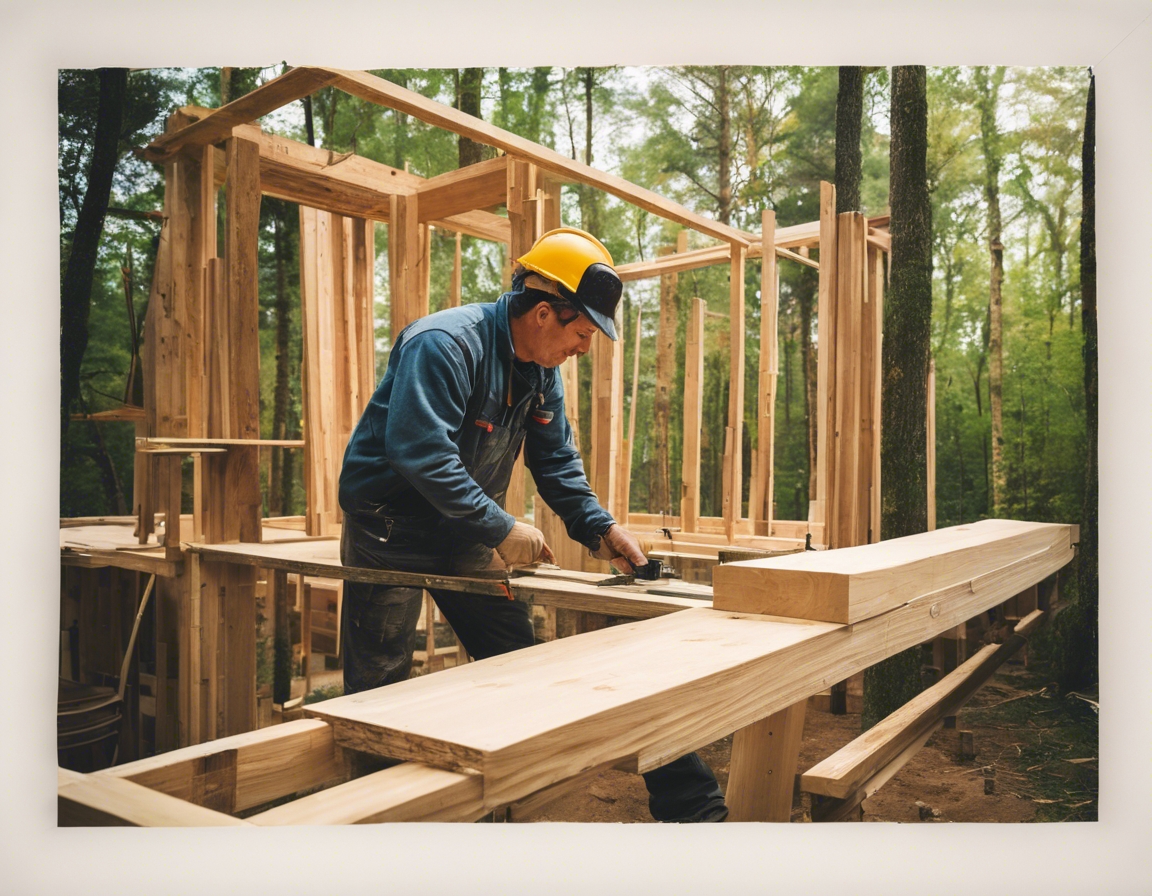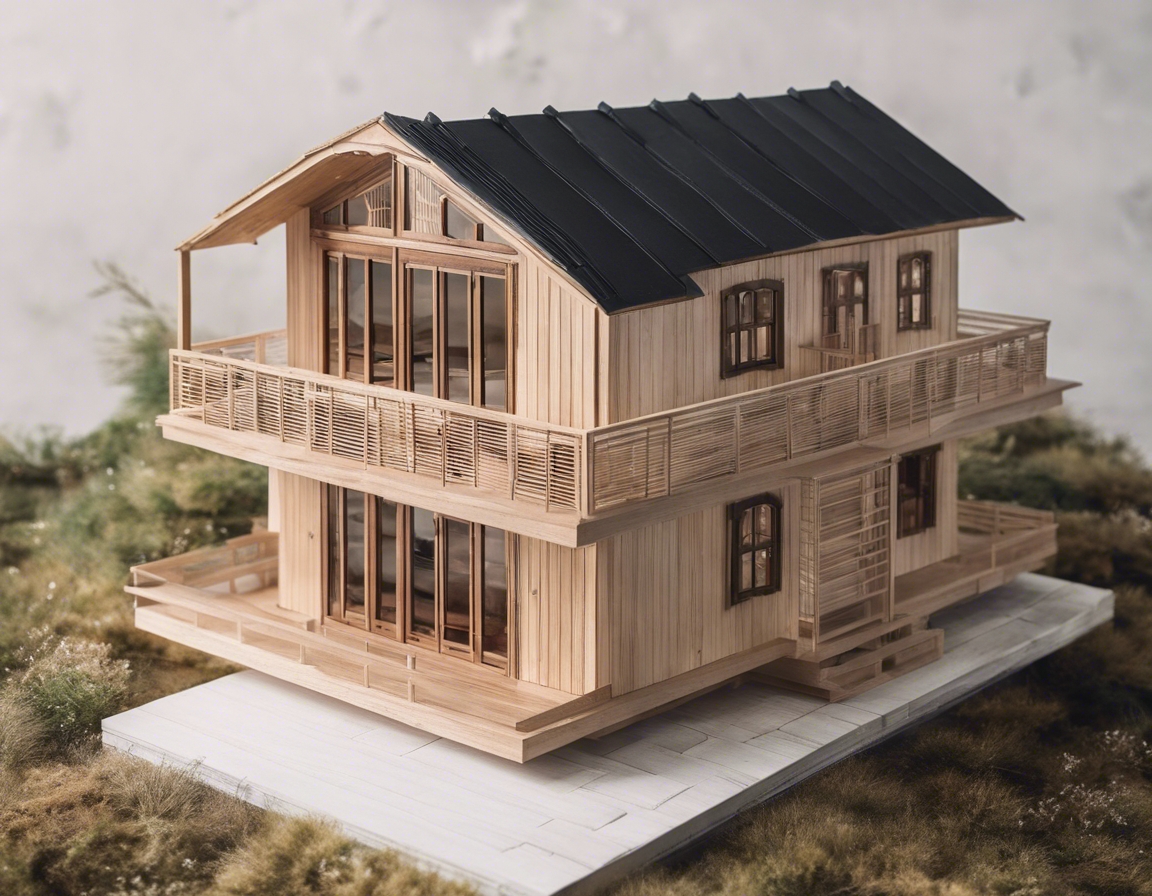Building eco-friendly: the advantages of gas concrete houses
Gas concrete, also known as autoclaved aerated concrete (AAC), is a lightweight, precast building material that offers superior insulation and construction properties. It is made from natural raw materials such as sand, cement, lime, water, and a small amount of aluminum powder, which causes the mixture to expand and form tiny air cells, giving it a porous structure.
Developed in Sweden in the 1920s, gas concrete has become a popular choice in construction due to its combination of strength, light weight, and thermal insulation. It is now widely used across Europe, Asia, and increasingly in the Americas for residential and commercial construction.
The Eco-Friendly Nature of Gas Concrete
Gas concrete's high insulation properties mean that buildings constructed with this material require less energy for heating and cooling, leading to lower utility bills and reduced environmental impact.
The production process of gas concrete is energy-efficient and produces less waste compared to traditional concrete, making it a more sustainable building material.
Advantages of Building with Gas Concrete
Gas concrete has excellent thermal insulation capabilities, which contribute to maintaining a comfortable indoor climate year-round and reducing the need for additional insulation materials.
With a high fire resistance rating, gas concrete provides an added layer of safety, protecting structures from fire damage.
The porous nature of gas concrete also provides sound-dampening properties, creating a quieter indoor environment.
Lightweight and easy to work with, gas concrete blocks can be quickly assembled, allowing for faster construction times and greater design flexibility.
Despite its light weight, gas concrete is a durable material that stands up to harsh weather conditions and does not degrade over time, ensuring a long lifespan for buildings.
Building with gas concrete can be more cost-effective than traditional materials due to its ease of installation and lower maintenance requirements.
Design Possibilities with Gas Concrete
Gas concrete can be cut and shaped easily, allowing for a wide range of architectural designs and customizations.
The smooth surface of gas concrete walls provides an excellent base for plaster and paint, offering a high-quality finish for interior spaces.
Health and Safety Considerations
Gas concrete does not emit harmful substances, ensuring a healthier indoor air quality for occupants.
As a non-toxic material that resists mold and pests, gas concrete contributes to a safer and more comfortable living environment.
Environmental Impact and Certification
By reducing the need for heating and cooling, buildings made with gas concrete have a smaller carbon footprint.
Using gas concrete can help buildings achieve green building certifications, such as LEED or BREEAM, which can increase property value and appeal.






Comments (0)